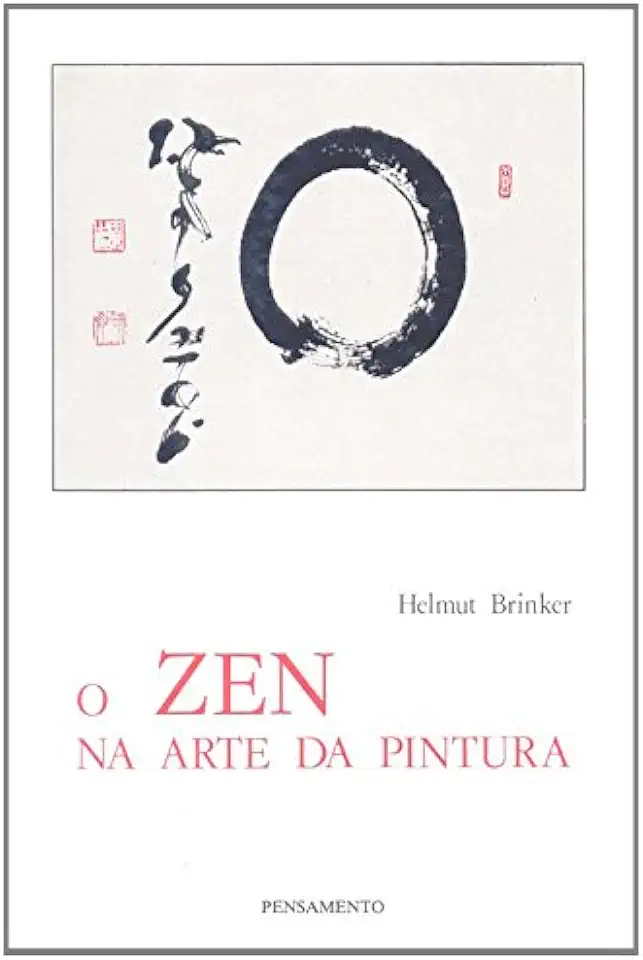
Zen in the Art of Painting - Helmut Brinker
Zen in the Art of Painting: The Way to Enlightenment Through Art
In his book "Zen in the Art of Painting," Helmut Brinker explores the profound connection between Zen Buddhism and the art of painting. Brinker argues that painting, when approached with a Zen mindset, can be a powerful tool for self-expression, spiritual growth, and the attainment of enlightenment.
The Essence of Zen
Zen Buddhism is a school of Buddhism that emphasizes the importance of direct experience and intuition over intellectual knowledge and ritual. Zen practitioners strive to achieve a state of "no-mind," in which the mind is free from distractions and attachments, and the individual is fully present in the moment.
The Art of Painting as a Zen Practice
Brinker argues that painting can be a powerful tool for achieving a Zen state of mind. When painters focus on the present moment and allow their intuition to guide their brushstrokes, they can create works of art that express their true selves and connect with the universal spirit.
The Benefits of Zen Painting
Brinker outlines several benefits of Zen painting, including:
- Stress reduction: Painting can help to reduce stress and anxiety by providing a creative outlet for self-expression.
- Increased creativity: Zen painting can help to enhance creativity by encouraging painters to think outside the box and experiment with new techniques.
- Spiritual growth: Zen painting can be a path to spiritual growth by helping painters to connect with their inner selves and the universal spirit.
- Attainment of enlightenment: Zen painting can lead to the attainment of enlightenment, the ultimate goal of Zen Buddhism.
How to Practice Zen Painting
Brinker provides detailed instructions on how to practice Zen painting, including:
- Choosing the right materials: Zen painters should use simple materials, such as ink, brush, and paper, that allow them to focus on the process of painting rather than the finished product.
- Creating a conducive environment: Zen painters should create a quiet and peaceful environment in which they can paint without distractions.
- Focusing on the present moment: Zen painters should focus on the present moment and allow their intuition to guide their brushstrokes.
- Letting go of attachments: Zen painters should let go of attachments to the finished product and allow themselves to be surprised by the results of their painting.
Examples of Zen Painting
Brinker includes several examples of Zen painting from various artists, including:
- Hakuin Ekaku: Hakuin Ekaku was a Japanese Zen monk and painter who lived in the 18th century. His paintings are known for their simplicity and their ability to convey a sense of peace and tranquility.
- Sengai Gibon: Sengai Gibon was a Japanese Zen monk and painter who lived in the 18th century. His paintings are known for their humor and their ability to capture the essence of everyday life.
- Sesshu Toyo: Sesshu Toyo was a Japanese Zen monk and painter who lived in the 15th century. His paintings are known for their technical skill and their ability to convey a sense of the natural world.
Conclusion
"Zen in the Art of Painting" is a comprehensive and insightful exploration of the connection between Zen Buddhism and the art of painting. Brinker provides a wealth of information and guidance for anyone interested in learning more about Zen painting and its potential for self-expression, spiritual growth, and the attainment of enlightenment.
Call to Action
If you are interested in learning more about Zen painting, I encourage you to purchase a copy of "Zen in the Art of Painting" by Helmut Brinker. This book is a valuable resource for anyone interested in the intersection of art and spirituality.
Enjoyed the summary? Discover all the details and take your reading to the next level — [click here to view the book on Amazon!]